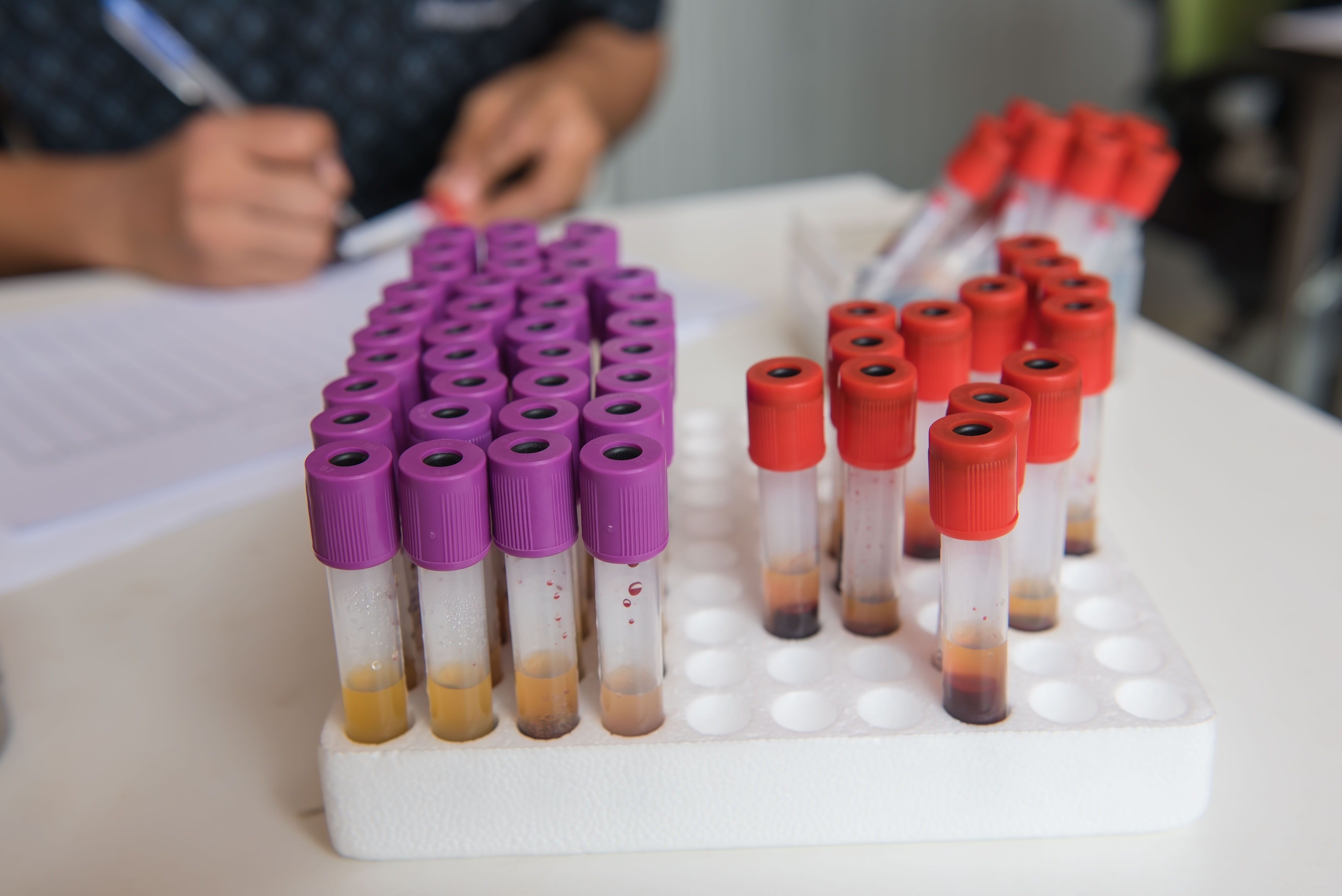High Blood Levels of Urate May Help Protect Dopamine-Producing Neurons in Men With Parkinson’s, Study Suggests

High levels of urate in the blood may help preserve dopamine-producing neurons and be used as a biomarker of positive outcomes in men newly-diagnosed with Parkinson’s disease, a study says.
The study, “Sex dependent association of urate on the patterns of striatal dopamine depletion in Parkinson’s disease,” was published in the European Journal of Neurology.
Purines make up key molecules in cells, including DNA and the energy-carrying molecule adenosine triphosphate (ATP), among others. Urate, also known as uric acid, is a powerful antioxidant end product of purine metabolism.
Previous research suggested has that low levels of urate in the blood are linked to a higher risk of Parkinson’s, while high levels of urate have been associated with a slower progression of motor disability and loss of dopaminergic neurons (a hallmark of Parkinson’s).
Of note, dopaminergic neurons are specialized nerve cells that are responsible for producing dopamine, a neurotransmitter that regulates brain cell activity and function; a neurotransmitter is a chemical substance nerve cells use to communicate.
However, research suggests that the benefits of high levels of urate in the blood seem to be more pronounced in men with Parkinson’s than in women.
Scientists at Yonsei University College of Medicine in South Korea investigated the relationship between the levels of urate in the blood and loss of dopaminergic neurons in the striatum — a brain region involved in voluntary movement control — in patients newly-diagnosed with Parkinson’s.
The study included 167 patients (83 men and 84 women), with a mean age of 69, and a mean disease duration of nearly two years. All patients included in the study had positron-emission tomography brain scans.
No significant differences were found in age, disease duration, or motor symptoms, as assessed using the Unified Parkinson’s Disease Rating Scale Part III scores between the men and women.
When the researchers measured the levels of urate in the blood, they found that men had significantly higher levels (5.26 mg/dL) compared to women (4.77 mg/dL).
They then measured the levels of dopamine transporters (DaT) within subregions of the striatum using brain scans of the patients. For this, they divided the striatum in front-to-back (anterior-posterior) and right-to-left.
Of note, DaT are proteins that regulate the flow of dopamine between nerve cells, and whose levels are usually lower among those with Parkinson’s.
Results indicated that within certain subregions of the striatum, the levels of DaT were significantly higher in women than men.
The researchers then investigated how the levels of urate in the blood and gender might be correlated with DaT.
Analyses showed that the levels of urate in the blood correlated with the abundance of DaT in front-to-back regions of the striatum. In men, an increase in blood levels of urate by 1.0 mg/dL was associated with a significant decrease in the abundance of DaT in these regions of the striatum. The same was not true for women.
No correlations were found between urate levels or gender in left-to-right regions of the striatum.
When they analyzed all patients together, the researchers found a correlation between the blood levels of urate and the abundance of DaT only in the front-to-back regions of the striatum.
Moreover, when analyzing different subregions of the striatum, the posterior putamen — a brain region involved in learning and movement control — was the only region where investigators found a correlation between blood levels of urate and the abundance of DaT. Once again, this was only observed in men.
Overall, this study suggests that the levels of urate in the blood may confer a sex-specific protective effect to dopaminergic neurons within the striatum.
“These results may constitute further evidence that the serum [urate] is a predictor of favorable outcomes in [Parkinson’s disease],” the researchers said.






